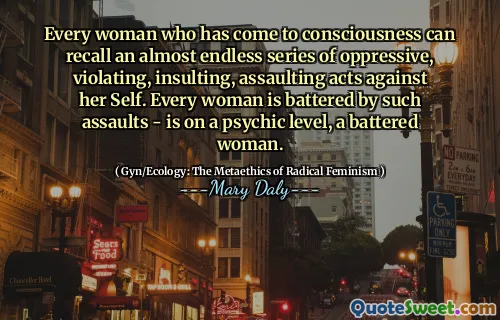Originally, it was believed that witches possessed the power of glamour and according to the authors of the Malleus Maleficarum, witches by their glamour could cause the male 'member' to disappear. In modern usage, this meaning has almost disappeared into the background and the power of the term is masked and suffocated by such foreground images as those associated with glamour magazine.
Historically, the concept of witches included the belief that they could wield a supernatural power known as glamour, which was thought to enable them to make men's genitals vanish. This perspective aligns with the ideas expressed in the Malleus Maleficarum, a text that explored witchcraft during the European witch hunts. Such notions reflected the fears and misogyny of the time, highlighting a perception of women as dangerous and capable of controlling men through mystical means.
In contemporary times, however, the term "glamour" has evolved, shifting significantly from its original connotation. Instead of being associated with fears of witchcraft, it is often linked to the allure and aesthetics found in places like glamour magazines. This modern interpretation has diluted the historical significance associated with the term and masked its deeper implications, leaving behind a more superficial understanding of femininity and power.






